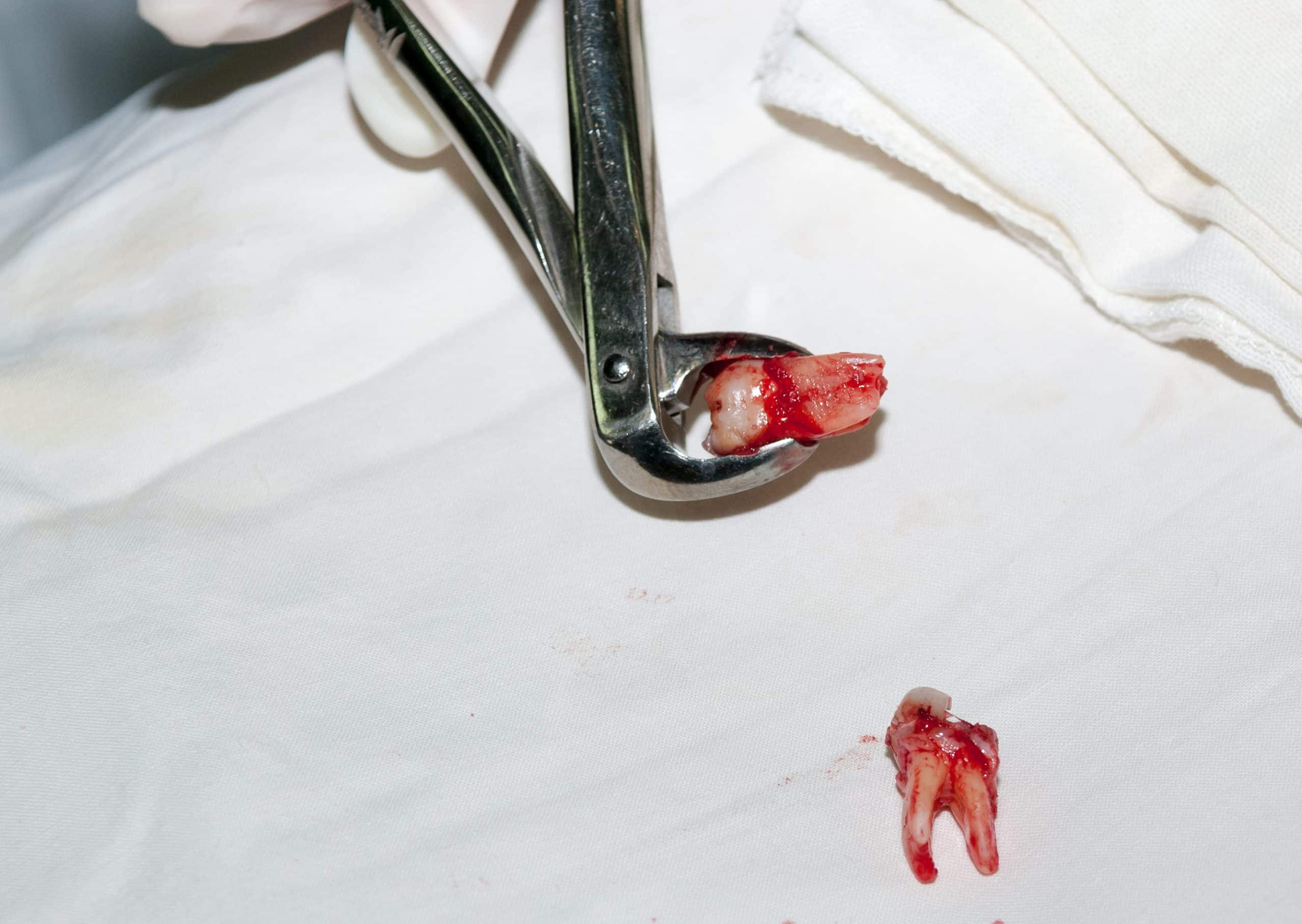WHAT IS THE IMPORTANCE OF KNOWING AND UNDERSTANDING ANTICOAGULANTS IN OUR DENTAL PRACTICE?
On our previous posts we explained what an Anticoagulant drugs are and how it functions towards our body.
See Part 1: CLICK HERE
See Part 2: CLICK HERE
Today we will be discussing different drug interactions of anticoagulants and drugs commonly prescribed inside the dental clinic. Currently, we are quite lucky as there are more opportunities now than ever before to learn about health and how we can take better care of our patients. However, it is important too, though, that we are well verse with the medicines we intend to prescribe. It is human nature that our patients will usually see more than one doctor and may have certain health conditions that we, as dentists, need to be aware of. Thus, it becomes imperative that we are familiar with the medications that they are taking as maintenance. In doing so, we will be able to help them avoid potential health-related problems in the future.
As we all know drugs interact differently with one another. They can either make a drug less effective and may cause unexpected side effects, or increase the action of a particular conjunctive drug. Some drug interactions can even be harmful to the body. This is because patients rarely read the label every time they use any type of medication prescribed to them, therefore, even if we are not medical doctors, it is our job to inform and lead them to the right path so they will not encounter any possible future complications.
ANTICOAGULANT DRUGS INTERACTION
Oral anticoagulants have been classified as high alert medications according to the Institute of Safe Medication Practices (ISMP) because they have the potential to harm when used clinically. Many reports have appeared on the risk of bleeding, such as, when the anticoagulants are used concurrently with other drugs, when the drug treatment is duplicated, in the presence of dosing errors, when there is accidental discontinuation of treatment and when there are problems with monitoring
This table shows interaction and effects of anticoagulants medication and drugs prescribed by dentist.
Drugs which are likely to increase the anticoagulant effect of the existing medication, and which most likely to potentially increase bleeding risk are indicated in VIOLET. While drugs that may decrease the anticoagulant effect of the existing medication, and therefore have the potential to increase the patient’s thromboembolic risk are indicated in GREEN.
CONCLUSION
It is common to have different drug interactions to patients that have different prescribed multiple medications. It is a must that, we, dentists, should pay closer attention to OTC drugs and prescription drugs that we prescribe. Especially in terms of side effects it may produce. NSAIDS is discourage in patients with vascular disease, because of their anticoagulant action. Simple analgesics (Paracetamol, Co-Comadol) should be prescribe instead. If an NSAID is required, treatment length should be kept to a minimum.
Fever or infection can also affect coagulation or the metabolism of the drug, therefore, any patient who is systemically unwell that requires an antibiotic may have an altered coagulation status. In handling antibiotics, such as Amoxicillin, patient’s INR (International Normalize Ratio) should be re-checked after 24 hrs.
It is very critical that we follow correct policies of writing prescriptions, be aware of the up-to-date on drug information, and participate in related educational classes and webinars so we may increase our awareness in prescribing the appropriate drug being selected for our treatments, hence, we can achieve a better management of our patients’ health.
Contributor:
Dr. Bryan Anduiza – Writer
Dr. Jean Galindez – Editor
REFERENCES:
1. Little JW, Falace DA, Miller CS, Rhodus NL, editors. Dental Management of the Medically Compromised Patient. 8 th ed.; 2012.
2. Morgan GE Jr, Mikhail MS, Murray MJ, editors: Clinical Anaesthesiology. 5 th ed. Lange; 2013.
3. Allman KG, Wilson IH, editors. Oxford Handbook of Anaesthesia. 3 rd ed. Oxford: Oxford University Press; 2010.
4. Gupta A, Epstein JB, Cabay RJ. Bleeding disorders of importance in dental care and related patient management. J Can Dent Assoc 2007;73:77-83.
5. In: Duke J, editor. Anesthesia Secrets. 4 th ed. Elsevier; 2010.
[dvk_social_sharing] [et_bloom_inline optin_id="optin_1"]














